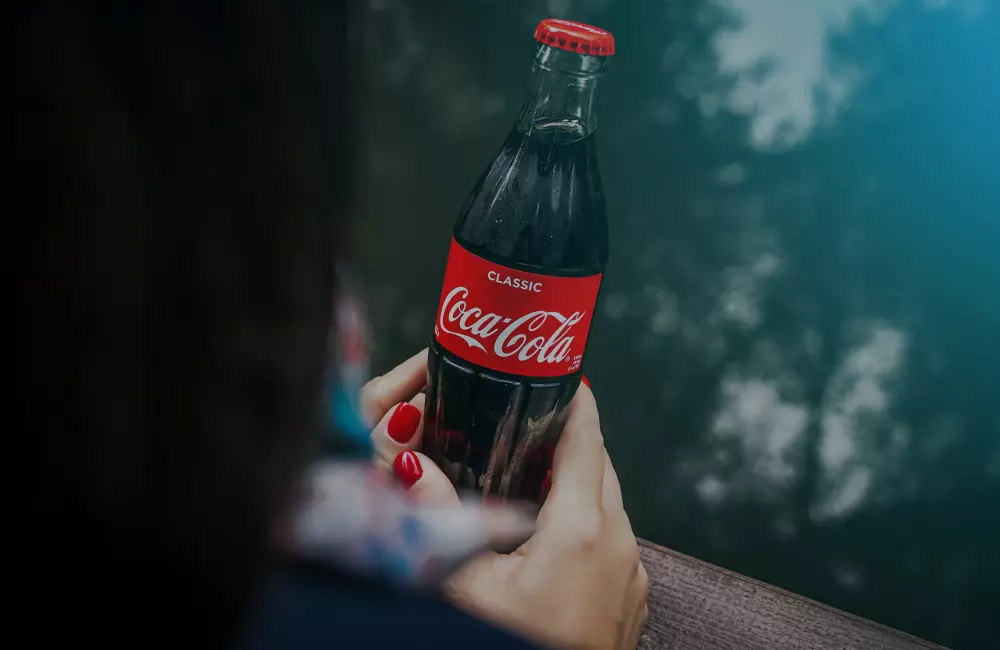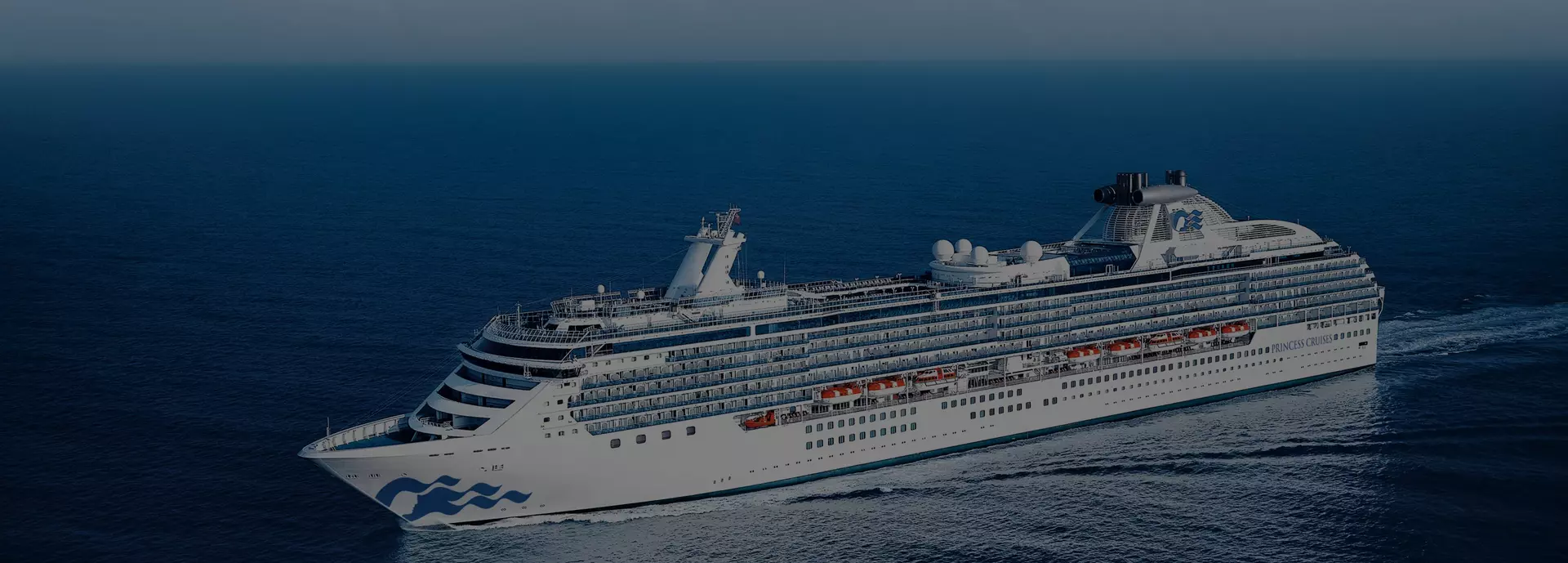Why America has a lot of fat people
“While the fat dries out, the skinny dies first” — you’ve probably heard this old saying. But in reality, it’s not quite that simple. In America, overweight people aren’t exactly wasting away — and the risks are only growing year by year.
In 2016, the U.S. officially registered the largest mass-produced clothing size in the world — 12XL. On one hand, it speaks volumes about American customer service. On the other, it reflects how many people have long surpassed any healthy weight limits.
The obesity crisis has been looming over the nation for quite some time, yet no health initiative has truly gained traction. We’ve looked into the causes and consequences of America’s weight gain, why people are getting heavier so quickly, and how the U.S. government is trying to fight it — and we’re ready to reveal the real scale of the problem.
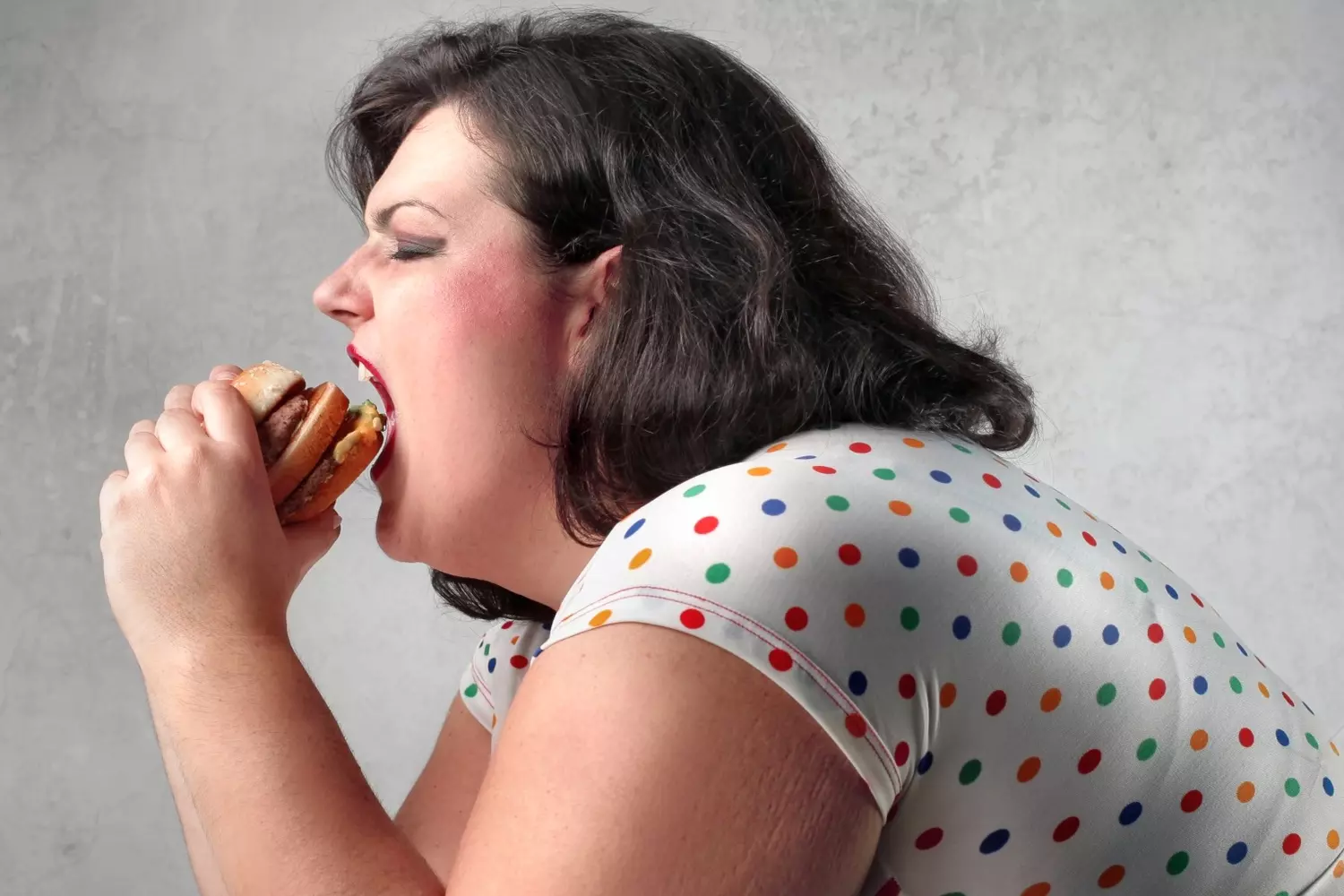
You can’t exercise your way out of a bad diet."Mark Hyman, physician and author on health and wellness
Statistics
Over the past 30 years, the number of people in the U.S. officially diagnosed with “obesity” has doubled. While it used to affect around 20% of the population, by 2018 that figure had reached nearly 40%.
If you think that “less than half” isn’t that bad and still manageable — think again. The statistics only include those who have undergone medical evaluation. How many more people with obesity remain “under the radar” is unknown, but experts estimate an additional 5–10%.
A significant portion of that official 40% is made up of children. If their eating and exercise habits don’t change by age 10–12, the odds are high that they’ll carry these patterns — and the associated genetic markers — into adulthood. That means future families will likely adopt the same food culture and activity levels, continuing the cycle. As a result, the percentage of people with high body mass and metabolic disorders is only expected to rise.
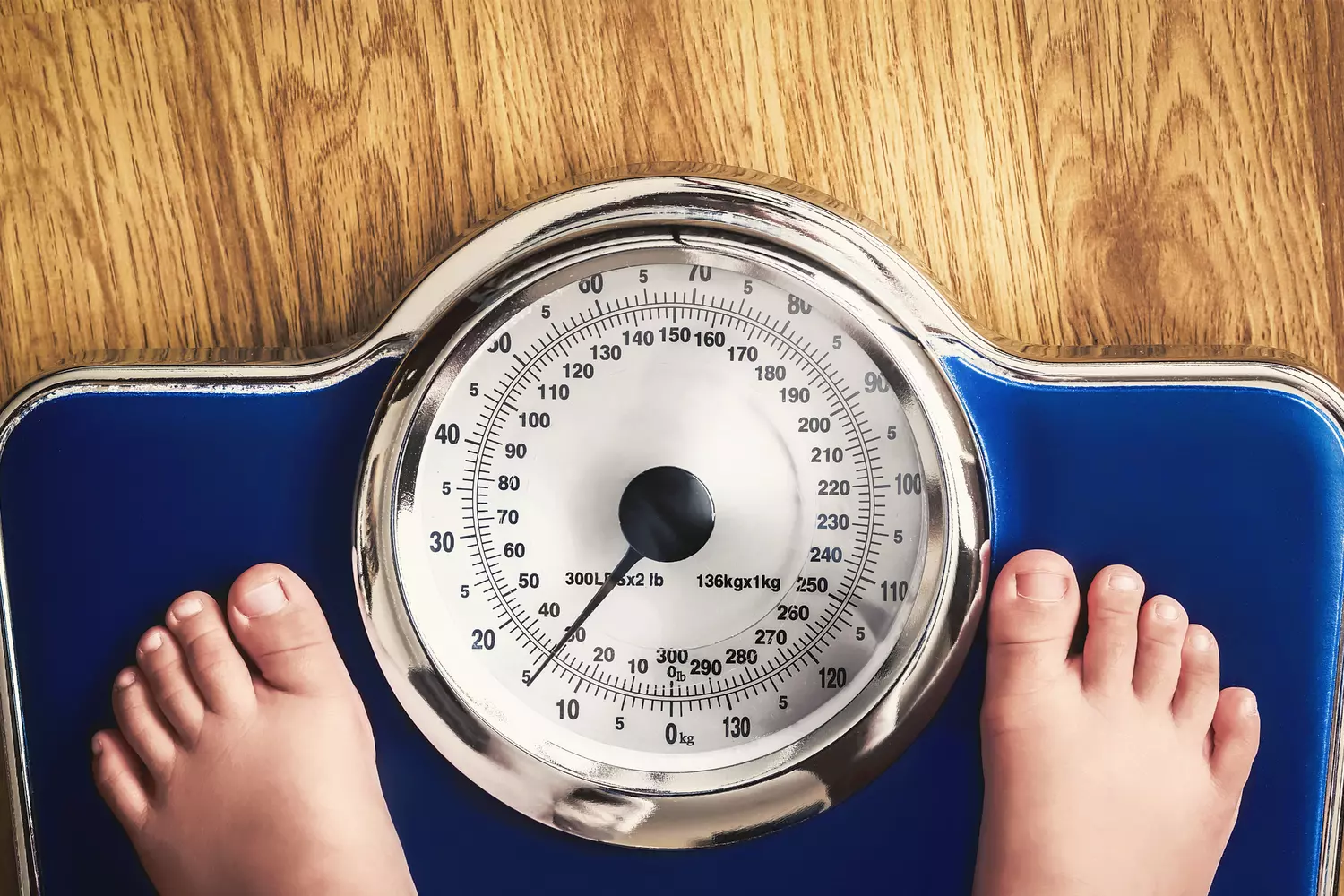
The reasons
Researchers have identified several key reasons behind the nationwide surge in weight gain across the U.S.
Commercialized Food and the Culture of Consumption
And it’s not just about fast food. The broader the consumer culture, the more temptations people face to try something indulgent — and the food industry is more than happy to provide.
From a business standpoint, using fats and refined carbohydrates in food production is far more profitable because:
- 01. They’re significantly cheaper and easier to process than perishable goods like vegetables, fruits, fresh meat, and fish.
- 02. They’re chemically addictive — the brain quickly becomes accustomed to large doses and starts demanding more, encouraging overconsumption.
What’s more, American kids are exposed to this diet early on — even in preschool and school settings. Their menus often include not only “healthy” milk, but also sandwiches, burgers, pizza, fatty meats like pork and beef with rich sauces, pasta, sugary drinks, and ice cream. No government initiative has yet managed to outmatch the billions poured into centralized meal programs or challenge this institutionalized food culture.
Sedentary Lifestyle
In modern society, we simply don’t burn calories the way our ancestors once did. Yet our metabolic systems remain stuck in the Stone Age. While food has become more accessible, sustained physical activity has not — and the body can’t keep up with this excess of easily available energy.
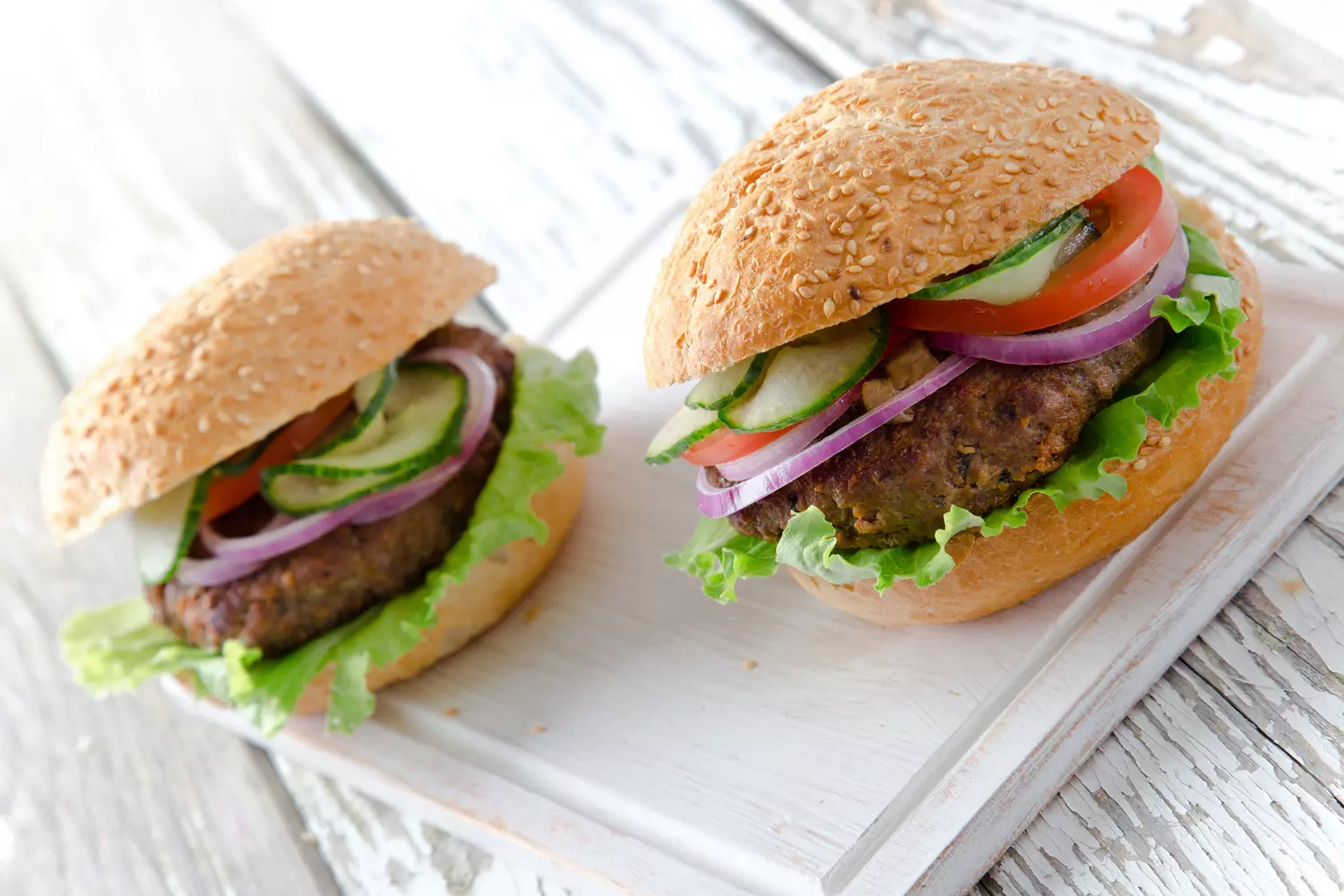
Victoria's Secret brand feature
The investigation
The U.S. government has launched dozens of initiatives aimed at educating young people and fostering a healthier food culture — but so far, none have produced visible long-term results.
The most prominent effort remains Michelle Obama’s nationwide campaign: children were taught how to cook, grow vegetables, and take part in fun fitness sessions with the First Lady herself. While it’s too early to measure its full impact, her example of a healthy lifestyle became a powerful reference point for many American families.
This push for awareness also left a mark on pop culture. One of the most talked-about documentaries on America’s obesity epidemic was "Supersize Me" — a bold experiment by former MTV editor Morgan Spurlock. The film's impact was so strong that many fast-food chains across the country downsized their portion sizes shortly after its release.
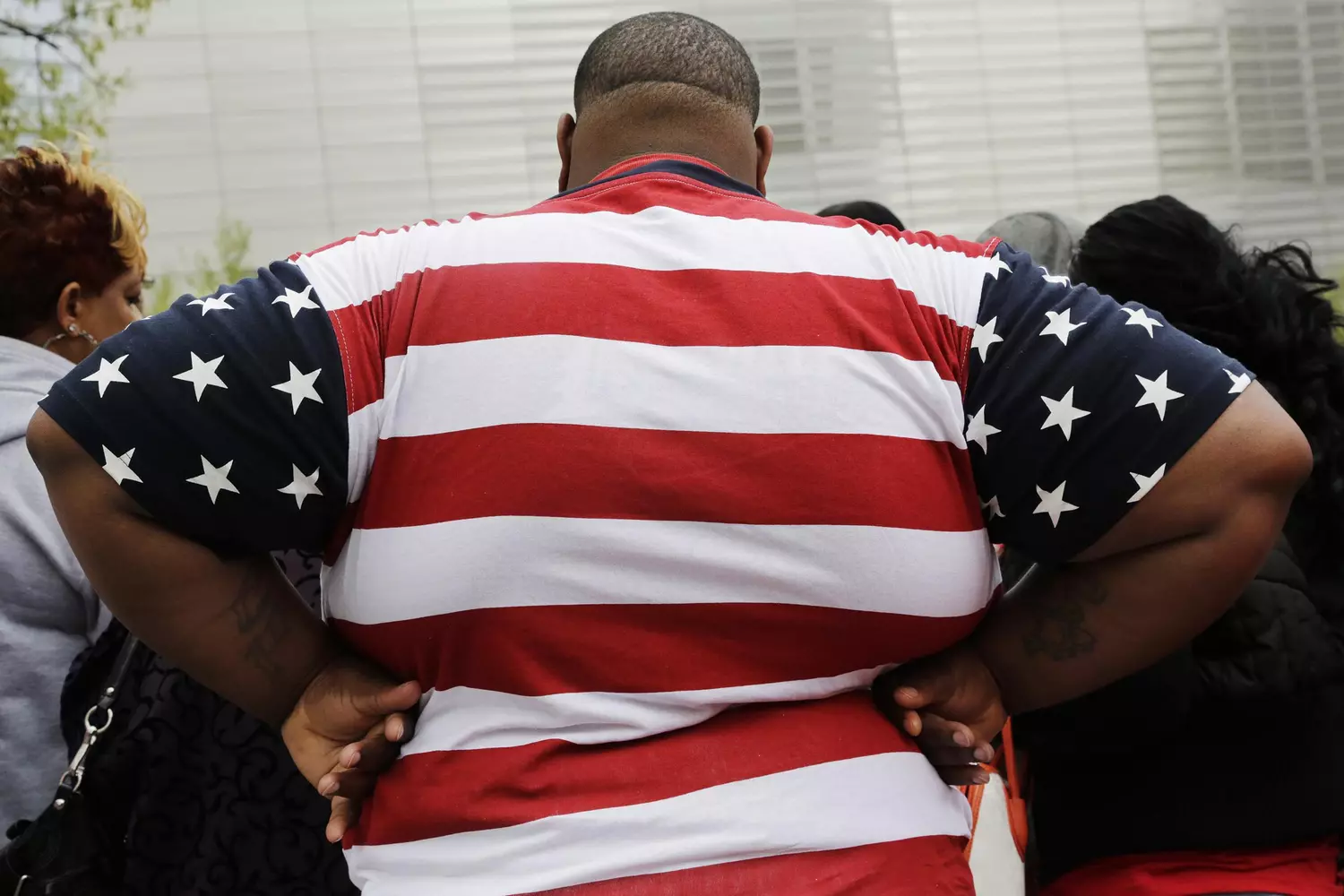
Bodypositive
The United States is home to one of the strongest body positivity movements in the world. This mindset embraces not only excess weight but also other “deviations” from conventional beauty standards. From a psychological standpoint, it’s empowering — but from a physiological point of view, it doesn’t always align with basic survival health norms.
The Positives
Over the past decade, the body positivity movement has accomplished a lot of good. For example:
- 01. It highlighted the needs of people with non-standard body types;
- 02. It proved that illnesses, congenital or acquired, don't make a person less worthy;
- 03. It helped many people overcome insecurities and start living fuller, more confident lives.
The number of plus-size models continues to grow. Not only do mass-market brands now offer fashionable clothing lines for larger bodies, but major fashion houses have also begun to follow suit. Society is slowly embracing the idea that beauty comes in many forms — and that everyone has the right to feel attractive in their own skin.
The Downsides
But like any movement, when taken to extremes, it can backfire. Acceptance of one’s body does not always mean freedom from health risks. The vast majority of overweight individuals are either prone to serious illness or already suffering from them — especially conditions affecting the cardiovascular, musculoskeletal, and digestive systems.
In 2017, U.S. hospitals recorded 43 cases of young women seeking emergency care after extreme attempts to match the exaggerated curves desired in the plus-size modeling industry. These included binge-eating, waist-tightening corsets for the “hourglass” look, and other body manipulations — which led to lasting damage to the skin, liver, gallbladder, stomach, and even worsened diabetes. In essence, the same self-harm typically linked with anorexia simply reversed its direction.
Not everyone is able to accurately assess their body’s real needs and limits. What works for one person may pose a serious threat to another’s well-being — even life. And unfortunately, body positivity often overlooks this, offering a false sense of “normalcy” without considering the risks behind it.

The issue of obesity in the U.S. is very real — but thankfully, it’s not without solutions. And the good news? American Butler knows exactly how to help you avoid becoming part of the problem while traveling in America.
We regularly highlight the best healthy and interesting dining options, and share tips on how to have fun without compromising your well-being. Because discovering a new country shouldn't mean losing touch with your health.
























